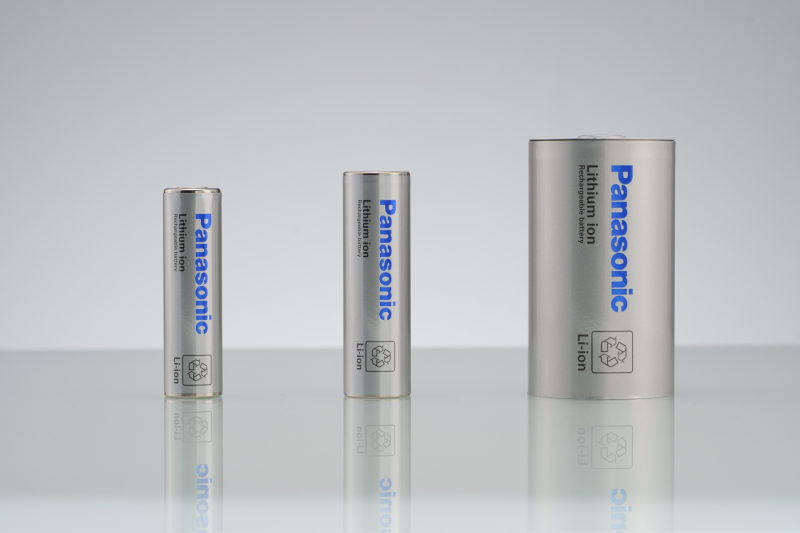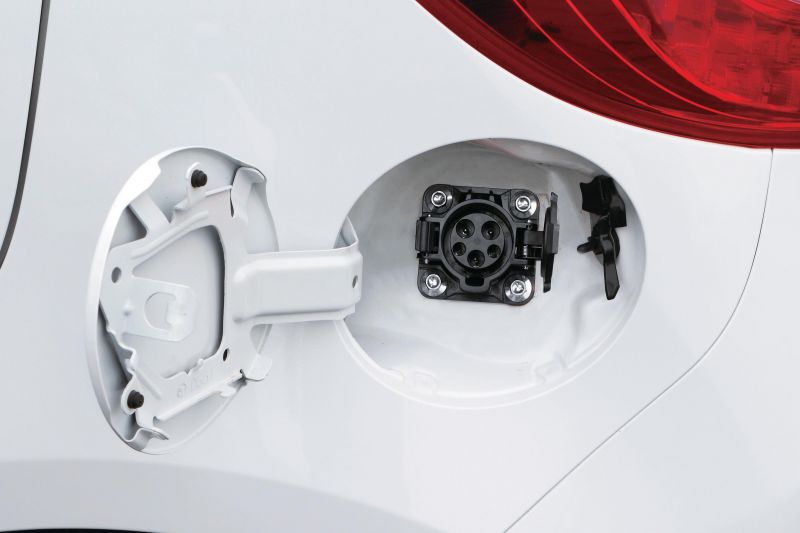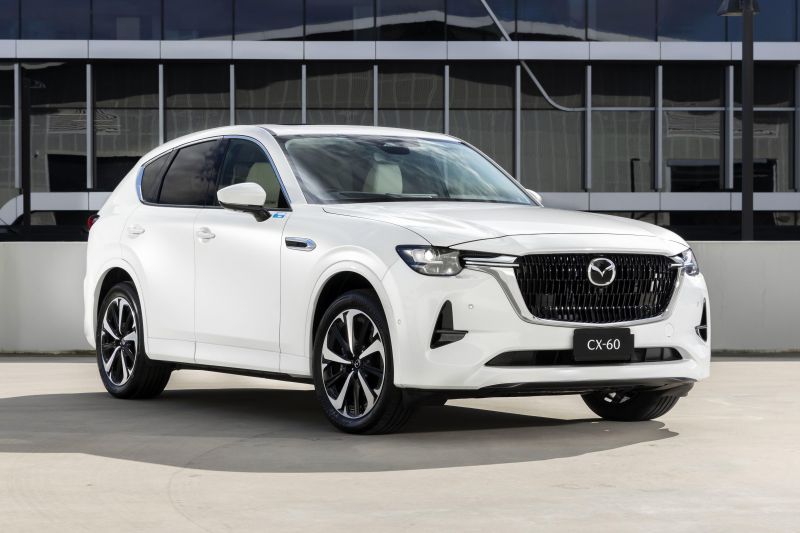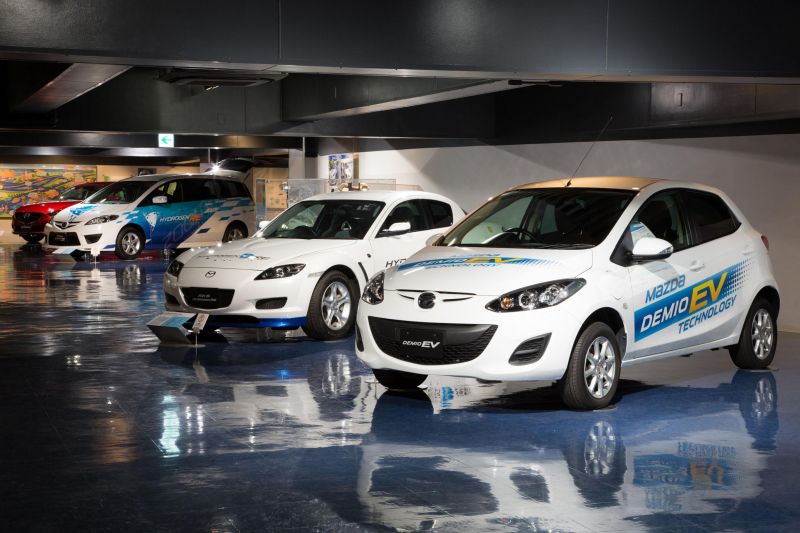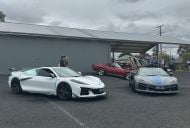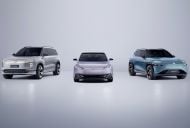Mazda has entered into discussions with Panasonic Energy Co to “meet demand for battery EVs and automotive batteries”.
The discussions surround the battery manufacturer supplying the carmaker with automotive cylindrical lithium-ion batteries, which will be manufactured in Panasonic Energy’s plants in Japan and North America.
Mazda has confirmed the batteries will be installed and launched in the latter half of the decade.
“As the automotive industry rapidly advances electrification and is leading in this technology, collaboration with Mazda will be a major step toward the achievement of our mission of realising a society in which the pursuit of happiness and a sustainable environment are harmonized,” said Panasonic president and CEO Kazuo Tadanobu.
“With our superior technology and extensive experience, we will drive growth of the lithium-ion battery industry and further accelerate our efforts to achieve zero emissions.”
Mazda announced last year that it will invest ¥1.5 trillion ($16 billion) towards developing electric vehicles as part of a three-phase strategy.
The first phase is expected to last until 2025 and will be committed to developing the brand’s new dedicated EV architecture.
The second phase which will begin in 2025 to 2027 will see Mazda “introduce EV-dedicated vehicles” in China “where electrification is advancing”, as well as “battery EV vehicles globally”.
In the third phase, from 2027 onwards, Mazda will “promote the full-fledged launch of battery EVs”.
“As part of our electrification initiatives, Mazda is working with its partners in three phases to flexibly respond to changes in regulatory trends, consumer needs, and other areas,” said Mazda’s director and senior managing executive officer, Masahiro Moro.
“We are delighted to collaborate with Panasonic Energy, which has been a pioneer in automotive lithium-ion batteries, developing high-quality products.
“We will keep contributing to curbing global warming through various initiatives including our electrification strategy.”
In 2021 Mazda announced it will launch five hybrid and five plug-in hybrid models before 2025.
Mazda also plans to unveil three electric models or variants within the same time period.
The new rear- and all-wheel drive architecture underpinning the CX-60 and upcoming CX-70, CX-80, and CX-90 supports a new generation of inline six-cylinder petrol and diesel engines, and both mild-hybrid and plug-in hybrid systems.
Mazda and Panasonic Energy’s latest agreement isn’t the first time the two have joined forces.
In 2012, Mazda revealed the Demio EV, which was a version of the Mazda 2 with a fully electric powertrain.
The vehicle was only offered to local government bodies and companies in Japan. It had a claimed 200km of range, thanks to its 20kWh lithium-ion battery, and produced 75kW of power and 150Nm of torque.
MORE: Mazda confirms $16 billion EV investment
MORE: Mazda unveils plans for EV architecture, new hybrid and PHEV models





